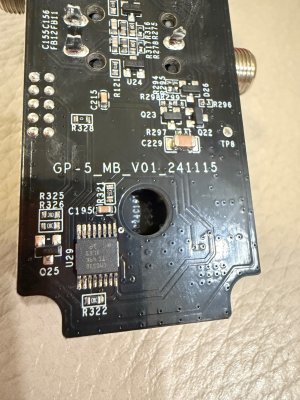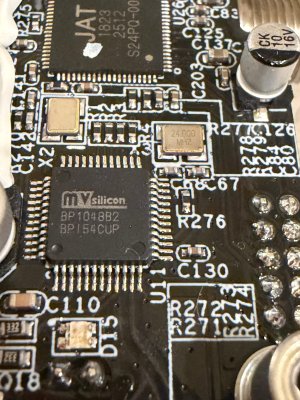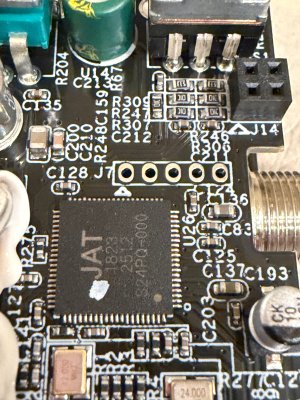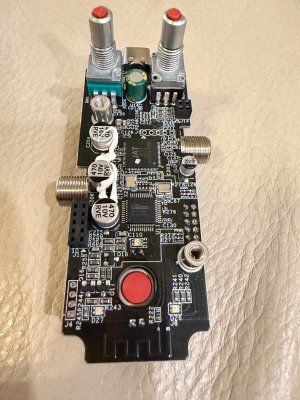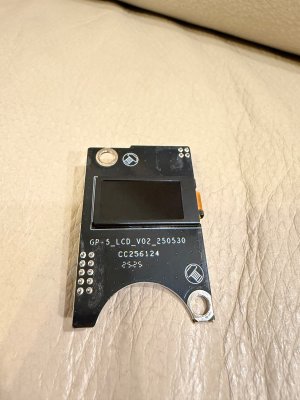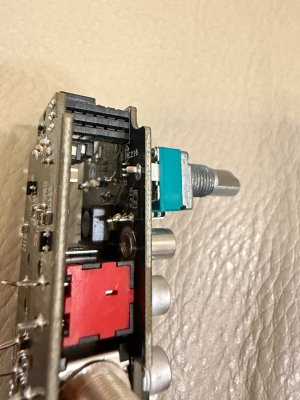vard
Newbie
- Messages
- 15
GP-5 Acoustic Presets
Hi everyone! I realize most of you in this forum are well aware of how to add an acoustic impulse response to GP-5, but I had a few of my friends asking me this question, and I ended up writing a very short tutorial to help them out. The tutorial made their life a bit easier, and I thought I might as well share it here, just in case anyone else is looking for some guidelines on acoustic IRs with GP-5.
Here are the presets I used for testing the IRs.
I attached the tutorial in pdf format.
I cannot share the acoustic IRs I used, they are not mine to share, but I provided links in the pdf tutorial.
All the best!
Hi everyone! I realize most of you in this forum are well aware of how to add an acoustic impulse response to GP-5, but I had a few of my friends asking me this question, and I ended up writing a very short tutorial to help them out. The tutorial made their life a bit easier, and I thought I might as well share it here, just in case anyone else is looking for some guidelines on acoustic IRs with GP-5.
Here are the presets I used for testing the IRs.
I attached the tutorial in pdf format.
I cannot share the acoustic IRs I used, they are not mine to share, but I provided links in the pdf tutorial.
All the best!



